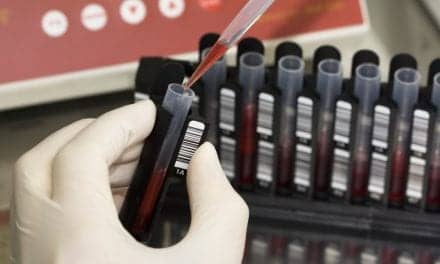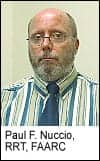Approximately two-fifths of Medicare beneficiaries with COPD have limited access to pulmonary rehabilitation services due to their distance from rehab centers, according to research presented at ATS 2021.
Evidence has shown that pulmonary rehabilitation provides significant improvement in quality of life and functional capacity, while also reducing hospitalizations among adults with COPD. This therapeutic modality is underutilized, however, according to researchers from University of Alabama at Birmingham.
Researchers sought to quantify geographic barriers to treatment and examined Medicare records for individuals covered between 1999 and 2018 who were diagnosed as having COPD (based on ICD9 and ICD10 codes). They identified 10,289,209 Medicare beneficiaries who had COPD. The team also established that the U.S. has1,696 pulmonary rehabilitation centers. They then matched beneficiary zip codes with these centers.
Overall, the proportion of Medicare beneficiaries with COPD who, respectively, had a pulmonary rehabilitation center within 10, 15, 25 and 50 miles was 61.5%, 73.3%, 86.6% and 97.2%. A fourth of beneficiaries lived in either micropolitan, small town or rural areas, which were found to have, on average, one pulmonary center per 4,300 beneficiaries with COPD.
In metropolitan areas 72.8% of beneficiaries with COPD had a pulmonary rehabilitation center within 10 miles, compared with 38.2% in micropolitan and 17.1% in small town and rural areas. Previous research found that individuals who live more than 10 miles from a pulmonary rehabilitation center are less than half as likely to enroll in rehab than those who live closer, according to researchers.
In looking beyond the findings researchers observed that an increasing number of pulmonary rehabilitation centers are closing due to poor reimbursement from health insurers.
“The COVID-19 pandemic has further exacerbated this situation,” said Gargya Malla, MBBS, MPH, doctoral candidate, Department of Epidemiology at UAB.,
“The 2017 National Heart, Lung, and Blood Institute (NHLBI) COPD National Action Plan emphasized the important role of pulmonary rehabilitation in COPD patient care, as well as the limited access to pulmonary rehab services,” said Dr. Malla. “For the first time, we were able to quantify that limited access. The most important step to improving care for COPD patients is to increase access to pulmonary rehabilitation, a very cost-effective treatment.”
Dr Malla suggested a number of potential solutions, such as the use of tele-rehabilitation services, expansion of supervised services such as home-based pulmonary rehab and Web-based rehab. Increased reimbursement would also help stem the closure of centers.









